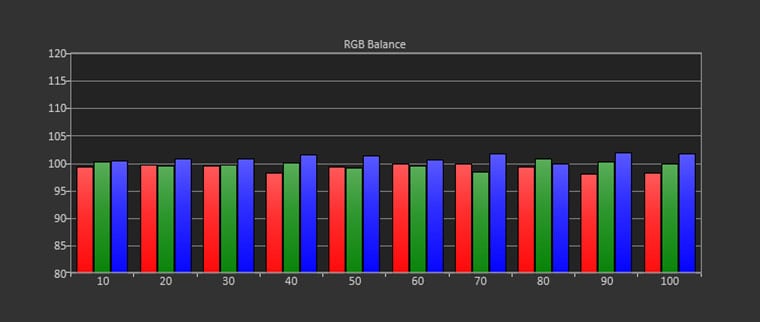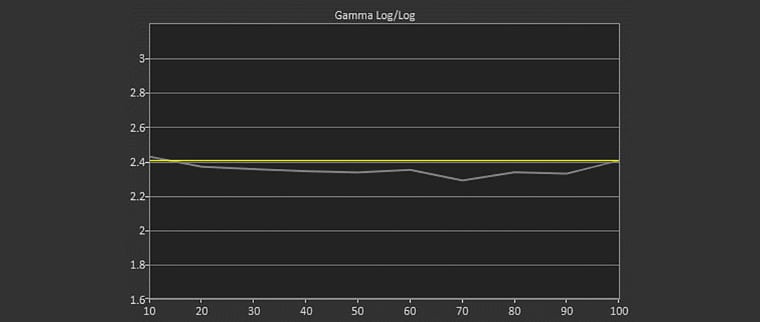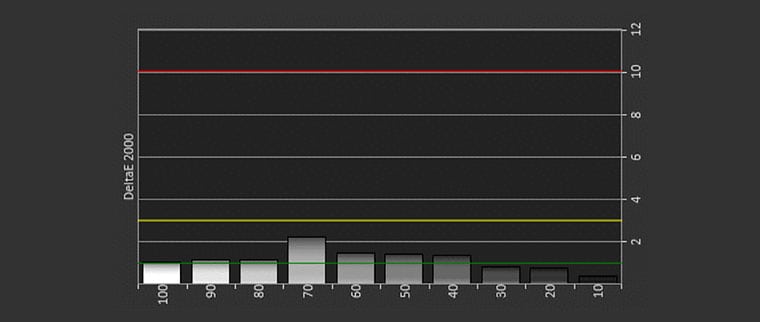There is not a lot to write about in regards to calibration on the PJD7828HDL because simply ViewSonic gives us little in the way of picture controls to adjust. Believe it or not you can’t even adjust color, tint and sharpness when feeding video from an HDMI source. This reminds me of the old days when many DLP projectors were 768p (1366x768). When feeding them certain PC signals they would bypass the projectors internal color decoder, thus graying out color & tint in the user menu.
In addition to having no color, tint & sharpness controls the PJD7828HDL also omits any white balance adjustments (RGB gains/bias). In Movie mode I recommend changing color temp from neutral to normal as this helps remove the plus green you get with normal and raise brightness from 48 to 49-50. Leave the rest on their default settings which includes leaving Brilliant Color on 4 instead of turning it off as I often due with my best/dark room calibrations. Turning Brilliant Color off made the poor performing color gamut even worse.
I did not perform Bright room calibration on the PJD7828HDL. My recommendation would be set the lamp to normal. Put it in Standard mode, change color temp from neutral to normal, lower contrast from 5 to 1 and leave everything else on default.
Delta E is a metric for understanding how the human eye perceives color difference. The term delta comes from mathematics, meaning change in a variable or function. The suffix E references the German word Empfindung, which broadly means sensation. Simply put, look at Delta E as a measure of grayscale/color accuracy. 3 and under is considered ‘Excellent’ and imperceptible by the human eye.




